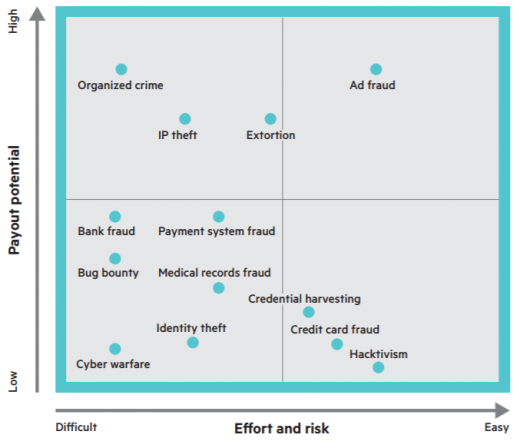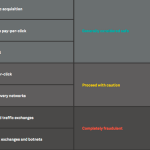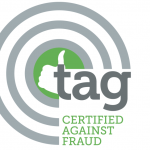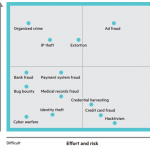The cozy life of the mobile ad fraudster and how legit marketers can disrupt it
Ad digital ad fraud gains steam on mobile, columnist Michael Thomas discusses the implications for marketers and the collaborative steps we need to take to come up with a solution.

If you’ve been a member of the digital marketing industry, read any marketing publications, dialed into any partner calls, attended any relevant conferences and so on, I’m sure you’ve come across the industry’s hottest topic: fraud.
Year over year, this topic has become synchronous with the industry, and it’s now just another talking point alongside monthly budget, KPIs and header bidding. A lot of great conversations are being had by resident experts surrounding fraud, and in turn, there are a lot of great articles and webinars to help marketers try to combat the “f” word.
While digital ad fraud isn’t a new issue, it has recently picked up traction on mobile, as more and more consumers are spending endless hours on their smartphones and tablets. This younger channel is great for marketers because it provides advertisers with unprecedented opportunities to reach their desired audiences.
However, fraudsters also have been attracted to the channel, and they’re spreading their illegal activities globally. It’s beyond the scope of a single hacker, having quickly grown into an organized crime ring, and mobile advertising is an easy target.
Why digital marketing is an easy target
Before discussing possible solutions, let’s dive into why the digital marketing industry became such an easy target for fraudsters. For a start, it’s not just a relatively new marketplace; it’s also a fragmented industry, with endless players like attribution partners, publishers and ad networks coming and going.
This creates more challenges in monitoring and regulating and leaves everyone involved vulnerable. If you follow the supply-and-demand chain, from conception at the advertiser’s campaign all the way through to the publisher’s site or app, ad dollars generally touch a number of different companies.
Just like the childhood game of telephone, there are many interactions where the mobile ad chain can break. It takes only one player to alter the game.
After a campaign is launched on behalf of an advertiser or agency, a majority of the downstream decisions are made programmatically — relying on algorithms to facilitate the various transactions before officially serving the ad. These computerized interactions leave more room for fraudulent activities to ensue.
Ad tech companies are heavily incentivized to acquire customers and publishers as quickly as possible. Up and down the funnel, sales teams are constantly under pressure to bring on new clients; operational teams are expected to hit new growth goals; marketers want to find a more efficient and cheaper way to access inventory; and advertisers want better ROI. These are all great goals to have, but it’s important to understand what is realistic.
It’s easy to turn a blind eye, or unknowingly resort to bringing on fake or poor inventory, to hit sales quotas. Advertising has historically been a very competitive field, which has often incentivized quantity over quality.
All in all, the current business model is built for fraud and has consistently provided a great opportunity for fraudsters to interject themselves at various points.
With no real consequences and no proof of anyone being arrested for committing ad fraud, it’s a good gig for criminals. A Hewlett Packard Enterprises study from May 2016 rated the top cybercrimes by “Payout Potential” and “Effort and Risk.” Ad fraud was considered to have a high payout potential, while also being one of the easiest criminal pursuits, with little to no repercussions.
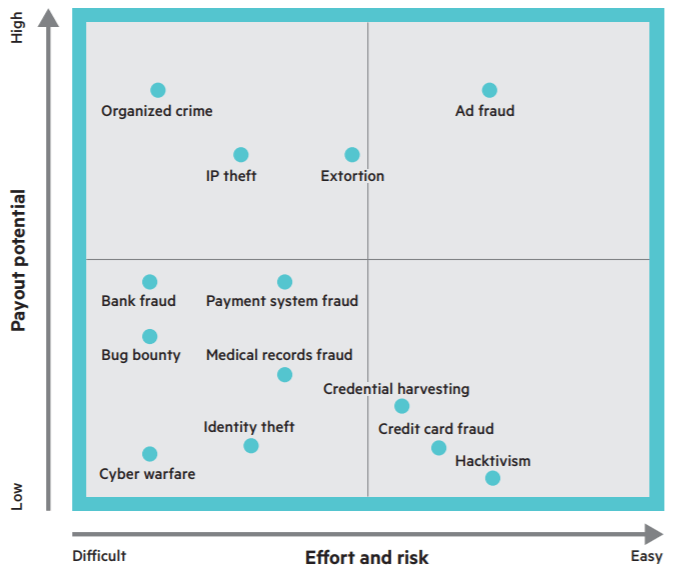
While the industry itself needs to do a better job of self-regulating and discouraging fraud, legal action is also needed on a state and federal level. Law enforcement is not currently equipped to handle these crimes for several reasons: Fraud crosses state lines; there’s a lack of resources and information around the issue and so on.
Instead, the Federal Trade Commission needs to act, because fraud falls mainly within their jurisdiction. On July 11, 2016, Senators Mark Warner (Virginia) and Chuck Schumer (New York) wrote to the FTC requesting information on what it’s doing to mitigate digital ad fraud, how it plans to reform opaque advertising exchanges and what steps it’s taking with the FBI to combat criminal organizations involved in ad fraud:
Just as federal regulation has evolved to keep pace with the ever-growing sophistication of our financial markets, so must oversight of the digital advertising space.
Because fraud isn’t going to go away, and Congress can’t handle this situation on its own, some swift actions are needed in the ad industry. It is also up to the industry players to take on and spread out the responsibilities to detect, react and prevent fraud.
What marketers can do to prevent fraud
So, what’s being done? The Interactive Advertising Bureau (IAB) announced in April that all of its 463 members (consisting of publisher and technology providers) must register with the Trustworthy Accountability Group (TAG), the industry initiative founded in 2015 by the IAB, 4As (the American Association of Advertising Agencies) and the Association of National Advertisers to help combat growing fraud, malware, piracy and lack of transparency.
By registering, IAB members are audited and validated through proven compliance as legitimate participants in fraud protection in the digital marketing industry. The audit includes how suspicious sites are identified and shut down to avoid ads serving in fraudulent placements, and how payments are prevented to fraudulent sites. With 200 companies having already applied to register, the hope is that big advertisers and agencies will require all publishers to obtain this certification before working with them.
“Making TAG Registration a requirement for IAB members will make our supply chain safer, while still allowing innovative media and advertising solutions to flourish. TAG administers our industry’s health code. No one should be exempt from our industry’s health code,” Randall Rothenberg, CEO of the IAB, said in a statement.
If we as marketers don’t do anything, and brands lose confidence in the market and leave, fewer advertising dollars will flow through digital marketing. As an industry, we need to work together to assure advertisers that their partners are taking the necessary steps to help prevent fraud. We need to collect, store and process big data in real time, just like the fraudsters are doing it.
These tasks will not be easy, and they will require a lot of time and manual effort. But like the IAB’s initiative, if we want to build out effective machine tools to track fraud, we need to work together as an industry. We need a shared block list, instead of hoarding knowledge behind company walls.
Currently, many businesses are working to develop their own proprietary solutions, which makes sense in the short term for their bottom line. However, in the long term, we’ll all need to come together to answer the questions about fraud already being put forward.
Reports have shown that money is lost to fraud in all stages of the funnel, so no business is 100 percent protected. No one is exempt.
By working with partners you trust, and who provide transparency, you’re already helping to mitigate fraud. And frankly, we need to be less hostile about how we handle fraud. By taking a more collaborative approach, we can start to disrupt the cozy life of fraudsters.
Opinions expressed in this article are those of the guest author and not necessarily Marketing Land. Staff authors are listed here.
Marketing Land – Internet Marketing News, Strategies & Tips
(41)

